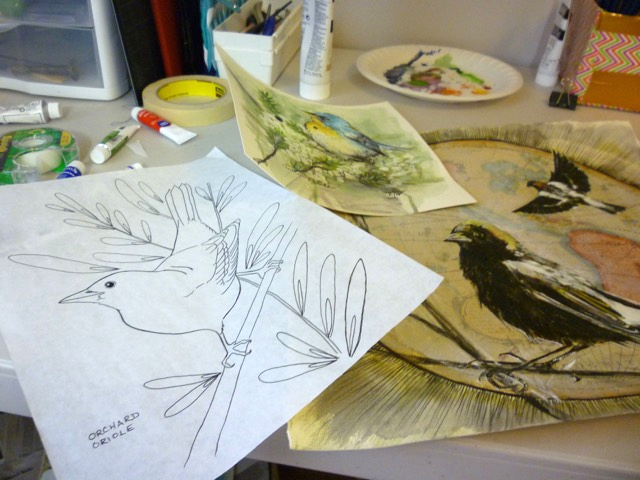Endangered Strangers: Northern Abalone
Do you think I'm pretty?
No?
Then why you keep wearing me as jewelry?
I is not wacky pendant.
I is an animal, just like you.
I am the Northern abalone.
And you...
you totally bought that necklace at an art fair, didn't you?
you totally bought that necklace at an art fair, didn't you?
One of the most primitive groups of molluscs on the planet, abalone have remained relatively unchanged for about 500 million years. Northern abalone are found along the Pacific coast of America from Sitka Island, Alaska, in the north, to Turtle Bay, Baja California in the south. They feed on red algae when they are free roaming infants and settle into the brown algae and a sedentary life as adults. I'm sure we can all relate to that. Abalone use their rough tongue-like radulas to scrape algae off of rocks. They also catch phytoplankton as it drifts by. Yum!
For hundreds of years abalone were harvested for their meat and decorative shells with a limited impact on their population. Then... horror movie music played, masked scuba divers swarmed the abalones secret hideouts, reaching out their creepy rubber-gloved hands, devastating the abalone's numbers and leaving their children homeless and motherless and wait, what happened? The invention of scuba diving! Scuba diving led to the over-harvesting of abalone, whose previously unreachable, remote hang outs kept them safe from human's insatiable greed.
Today there is a total ban on harvesting Northern abalone in British Columbia and partial bans exist elsewhere. Poaching is a continued threat. A National Recovery Strategy and National Recovery Action Plan for the species have been created in Canada, a superior country where I would like to live.




Comments
Post a Comment